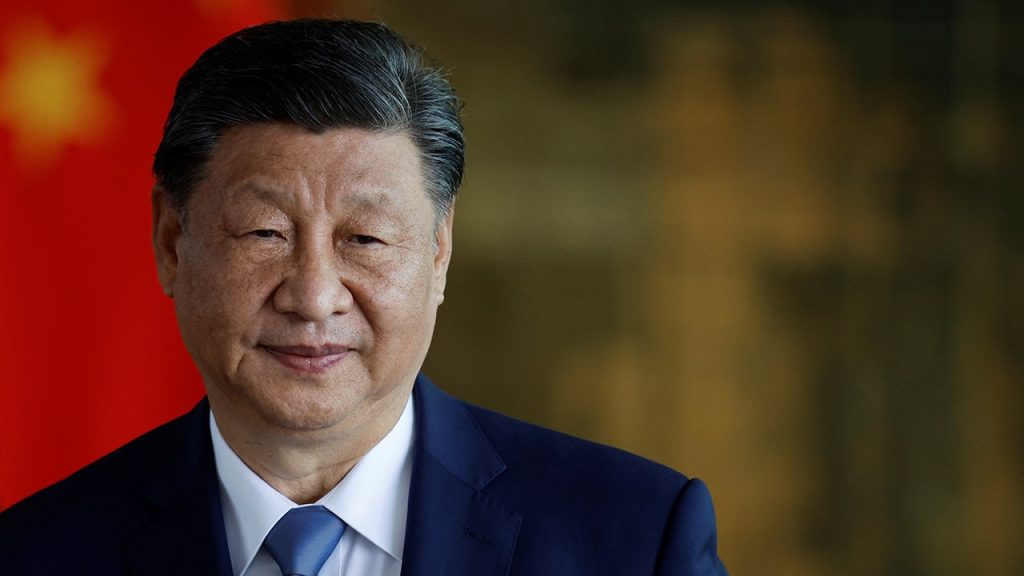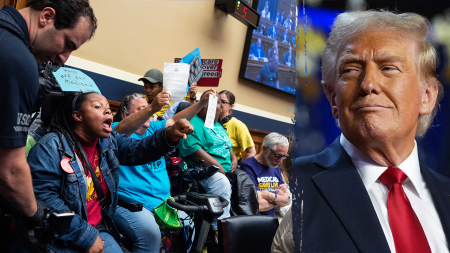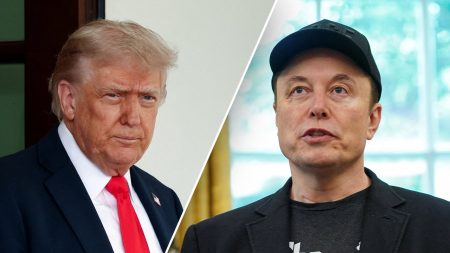The evolution of China’s cyber threat to the United States has been a persistent and escalating concern over the past two decades. From early espionage activities targeting government entities to the current sophisticated campaigns aimed at disrupting critical infrastructure, China’s cyber operations pose a significant and evolving challenge to American national security. The Cybersecurity and Infrastructure Security Agency (CISA) identifies China as the most active and persistent cyber threat, highlighting the need for robust defenses and proactive measures to counter these evolving tactics. The historical context of this threat underscores the ongoing struggle to secure cyberspace against determined adversaries.
The earliest warnings about the vulnerability of the internet came in the late 1990s, when cybersecurity experts testified before Congress about the potential for widespread disruption. The testimony of groups like L0pht Heavy Industries highlighted the difficulty of creating foolproof systems and the challenges in tracking the origin of cyberattacks. This early recognition of the internet’s vulnerabilities coincided with the nascent stages of China’s cyber espionage activities, foreshadowing the complex and dynamic nature of the threat landscape that would emerge in the following decades. The challenges described in these early hearings, such as attribution and creating impenetrable defenses, remain relevant today.
As the U.S. government became aware of Chinese espionage targeting government agencies in the early 2000s, operations like Titan Rain exposed the vulnerability of sensitive data. These early intrusions focused primarily on information gathering and intellectual property theft, setting the stage for more aggressive and disruptive actions in the future. The experience of CISA Director Jen Easterly, who investigated terrorist use of technology in Iraq during this period, highlights the evolving understanding of how technology could be weaponized in various contexts. This early focus on counterterrorism laid the groundwork for the development of cyber warfare capabilities and the recognition of nation-state actors as significant cyber threats.
The U.S. government’s initial response to the growing cyber threat involved investing in offensive cyber capabilities. However, concerns about the potential for collateral damage and unintended consequences led to a shift towards a more defensive posture. This strategic shift emphasized protecting critical infrastructure and defending against attacks rather than engaging in offensive operations. This focus on defense coincided with China’s increasing cyber activity, which began to target the public sector and telecommunications companies in the 2010s. Operations like Aurora demonstrated the growing sophistication of Chinese cyberattacks and their potential to disrupt major companies and global operations. The withdrawal of Google from China following these attacks underscored the significant impact of these operations on international business and internet access.
China’s cyber activities evolved further in the following years, expanding beyond espionage and data theft to include targeting critical infrastructure. This escalation poses a direct threat to essential services and highlights China’s willingness to use cyberattacks as a tool of coercion and potential disruption. The focus on Taiwan, a major producer of semiconductors, underscores the strategic importance of these targets and the potential for significant global impact in the event of a conflict. CISA Director Easterly emphasizes the potential for disruptive and destructive attacks against U.S. infrastructure in the event of a crisis in the Taiwan Strait, highlighting the serious nature of this threat.
The interconnectedness of China’s public and private sectors poses unique challenges for defending against these cyberattacks. Unlike the U.S., where public-private partnerships are essential for cybersecurity, the close ties between Chinese government and industry create a more complex and potentially coordinated threat environment. This requires a collaborative approach within the U.S. government, including intelligence agencies, military partners, and the private sector, to effectively counter these evolving tactics. The emphasis on information sharing and joint operations highlights the importance of a unified front in defending against this persistent and sophisticated adversary. The evolving nature of the threat necessitates ongoing vigilance, adaptation, and a commitment to strengthening cybersecurity defenses to protect critical infrastructure and national security interests.










